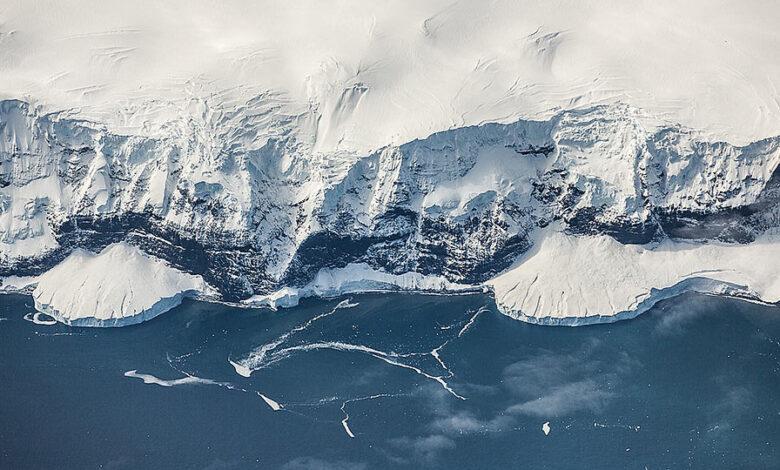In February, the global sea ice area decreased to a historic low

In February 2025, the area of sea ice in the world decreased to a historical minimum. The main cause of this phenomenon is atmospheric warming caused by greenhouse gas emissions, informs European Climate Change Service (C3S).
According to C3S, the total ice extent in the Arctic and Antarctic reached a new record low in the first half of February and remained below previous figures until the end of the month.
“One of the consequences of the warming of the planet is the melting of sea ice. The record low level of sea ice at both poles has led to a global minimum in its area.” – said C3S Deputy Director Samantha Burgess.
According to the agency’s estimates, the Arctic sea ice extent was 8% below average in February, and the Antarctic sea ice extent was 26% below average. Satellite observations of sea ice have been conducted since the late 1970s, and historical data date back to the middle of the 20th century.
Although the extent of sea ice naturally varies throughout the year, its annual minimum usually occurs in February, when the Southern Hemisphere is in summer. In addition, February 2025 was the third warmest February on record, with global temperatures 1.59°C above pre-industrial levels. This means that 19 of the last 20 months exceeded the 1.5°C warming threshold.





